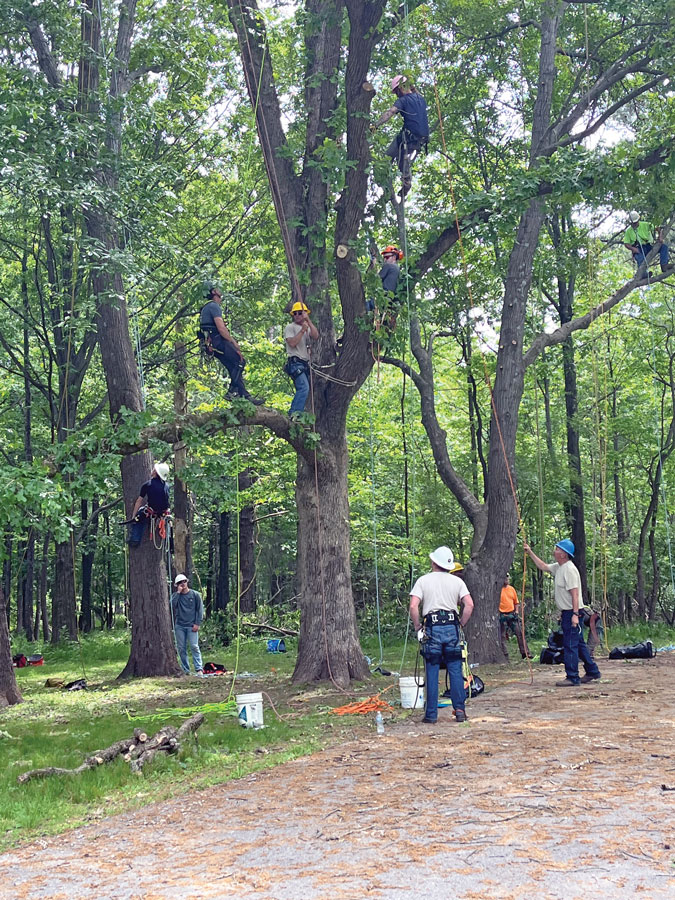After a long winter, many seek signs of spring – trees blooming against a canopy of bare branches, bulbs appearing from crusted brown earth, and pale blades of grass breaking dormancy in shades of glorious green. One thing this gardener looks forward to is filling the porch and patio containers with annual plant combinations that burst with color as a reminder that warm weather is coming soon. Although bare garden beds cannot be filled yet, don’t discount the season. A small selection of colorful annuals that love the cooler springtime temperatures are available.
Cool-season annuals can tolerate light frost and grow best during the cool weather during spring and fall. This characteristic makes them great contenders for extending the growing season and allowing your garden to come alive with color before other plants consider showing up for the season. As a bonus, these annuals make beautiful companions to spring-blooming bulbs and shrubs in the landscape.
Many garden centers are already stocking spring favorites. Pansy, viola, ranunculus and primrose are commonly found this time of year, and all are available in a wide range of colors and combinations. The ever-favorite pansies and violas have cheery, flat blooms resembling painted faces popping up out of the foliage. Ranunculus (one of my favorites) has perfect rose-like flowers, and primrose offers large amounts of bright blooms on a rosette of dark green foliage.
Others that may tolerate cooler temperatures are sweet alyssum, snapdragon, nasturtiums and dianthus. Cool-season plants grown for their foliage are ornamental kale, Swiss chard and dusty miller.
Add interesting twigs, like birch, contorted filbert or willow to the center of cool-season containers or arrangements. These elements add height and interest to the arrangement of low-growing plants. If planting in-ground, group plants in large masses to create waves of color among spring-blooming shrubs and bulbs.
In addition to giving us hope for warmer weather, cool-season annuals supply the early spring pollinators searching for much-needed nectar. In early March, pollinators emerge looking for food sources to survive. There are few flowering plants blooming except bulbs like grape hyacinth and crocus. Our additions of cool-season annuals are an important addition to their spring diet.
As the weather warms in late May and June, many cool-season plants will fade out and stop blooming. Once the threat of frost has passed, it is time to fill your containers with warm-temperature loving annuals and tropical plants to enjoy all summer.










